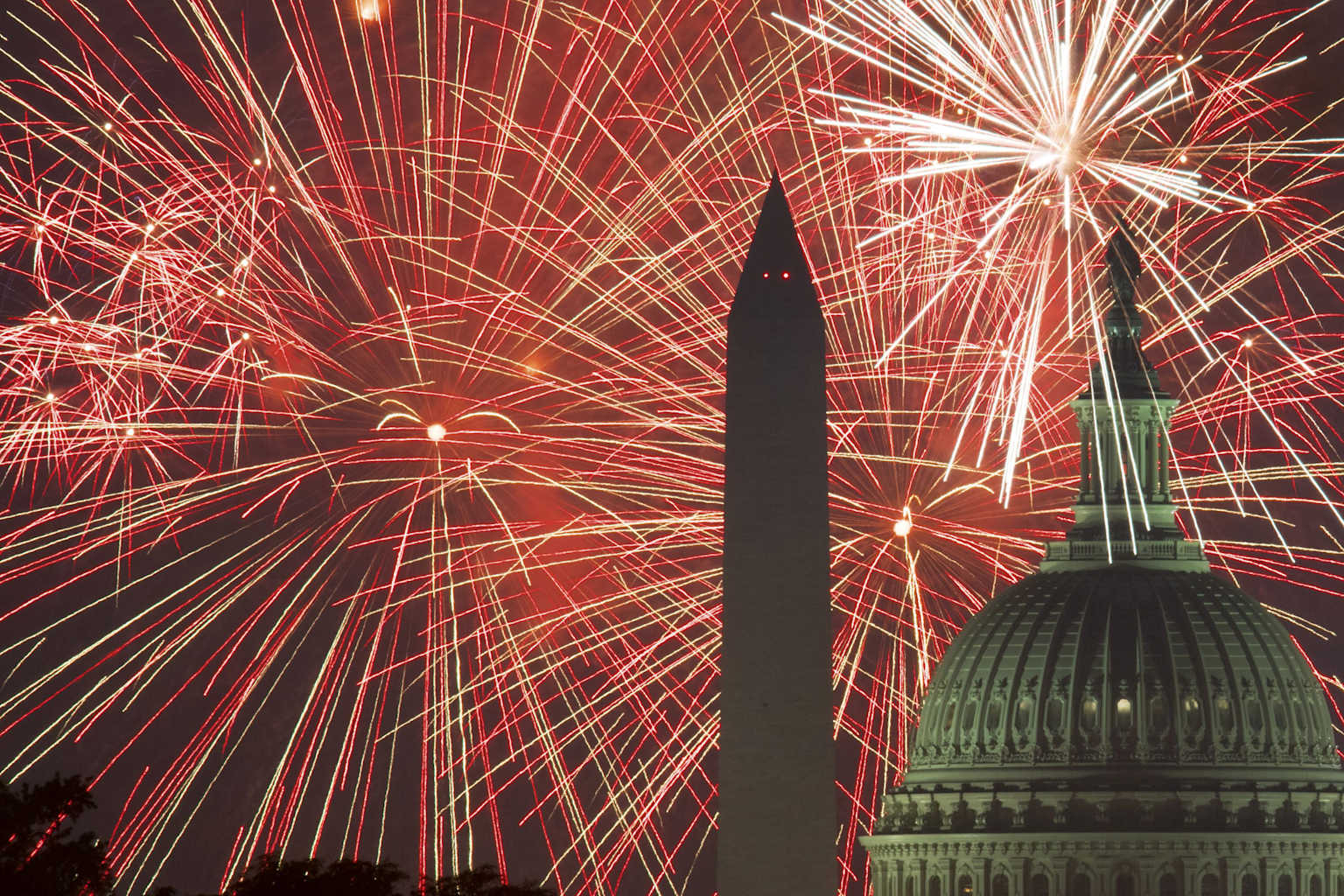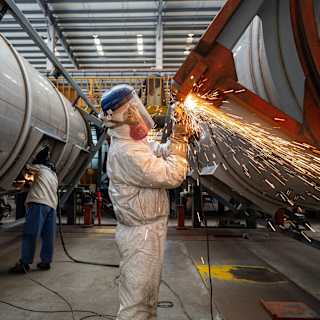- Current Tariff Relief Provides Limited Comfort
- Industry Faces Existential Threat
- 250th Anniversary at Risk
As Americans prepare for Independence Day celebrations this Saturday, the fireworks industry remains caught in the crossfire of the ongoing US-China trade war, with current tariffs of 35% threatening to dim future July 4th displays and potentially derail next year's historic 250th anniversary celebration.
Despite a trade agreement reached between the US and China on June 11 that stabilized tariff rates, fireworks importers say the damage from months of uncertainty has already been done, creating supply chain disruptions that could impact celebrations for years to come.

The June agreement maintains the current 35.3% tariff on Chinese fireworks, down from peaks of 145% reached in April12. The rate combines a 10% baseline tariff, 20% fentanyl-related duties, and a 5.3% longstanding fireworks tariff2.
"We are very concerned about 2026 because we lost vital manufacturing production time," said Julie Heckman, executive director of the American Pyrotechnics Association, noting that Chinese production halted during the height of the tariffs3.
Bruce Zoldan, CEO of Phantom Fireworks, had paused production at his company's Chinese manufacturing facilities when tariffs spiked to 145%. "What cost us $100,000 imports last month now costs $245,000," Zoldan said during the crisis4.
The fireworks sector's dependence on China creates unique vulnerabilities. According to the American Pyrotechnics Association, China produces 99% of consumer fireworks and 90% of professional display fireworks used in the US12.
"It's virtually impossible for our product to be made anywhere else but in China," Zoldan told officials, explaining that the expertise, supply chains, and infrastructure have been concentrated there for centuries3.
The American Fireworks Company in Hudson, Ohio, has changed pricing four times this season. "At one point, we were adjusting them almost every other week," said John Sorgi, whose great-grandfather founded the company in 19021.
Industry leaders worry most about 2026, when July 4th falls on a Saturday and coincides with America's semiquincentennial celebration. Orders for such large-scale events typically must be placed a year in advance, but Chinese factories are already at capacity serving global demand.
"The 250th anniversary of American independence should be the greatest celebration in our history," Zoldan said. "But right now, we're facing the very real possibility that there won't be enough fireworks to meet the demand"1.
The uncertainty has left small fireworks retailers scrambling. Industry experts predict that without stable pricing, 30% of fireworks retailers could close permanently2.


